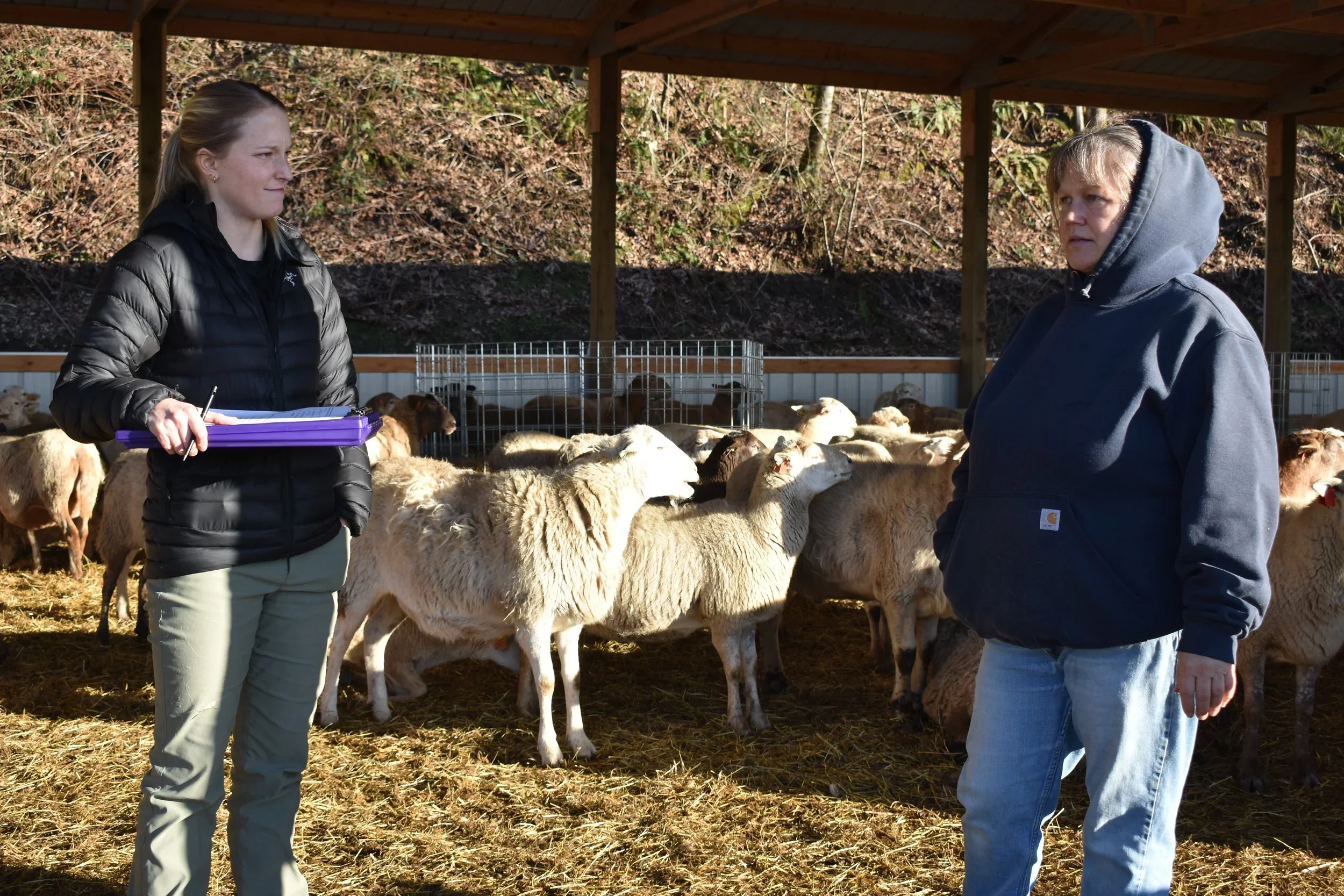< back to all current projects
SNOHOMISH WATERSHED
If you live or work in the Snohomish watershed, District staff can help you manage your farm, protect water quality, promote fish & wildlife habitat, and address other issues on your property. Need help funding your project? Depending what your project is, the Conservation District may be able to share some of the costs.
If your neighborhood isn't covered in one of our special project areas, don't worry we can still help. The Snohomish Conservation District provides a full range of services to those who live outside of a special project area or when a project ends.



















